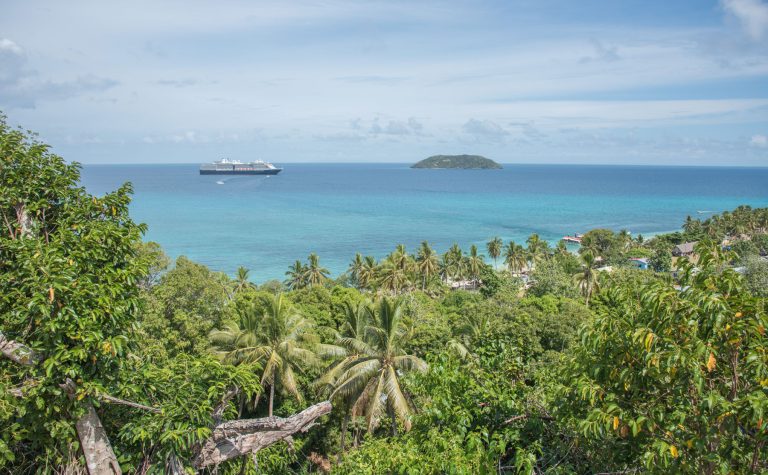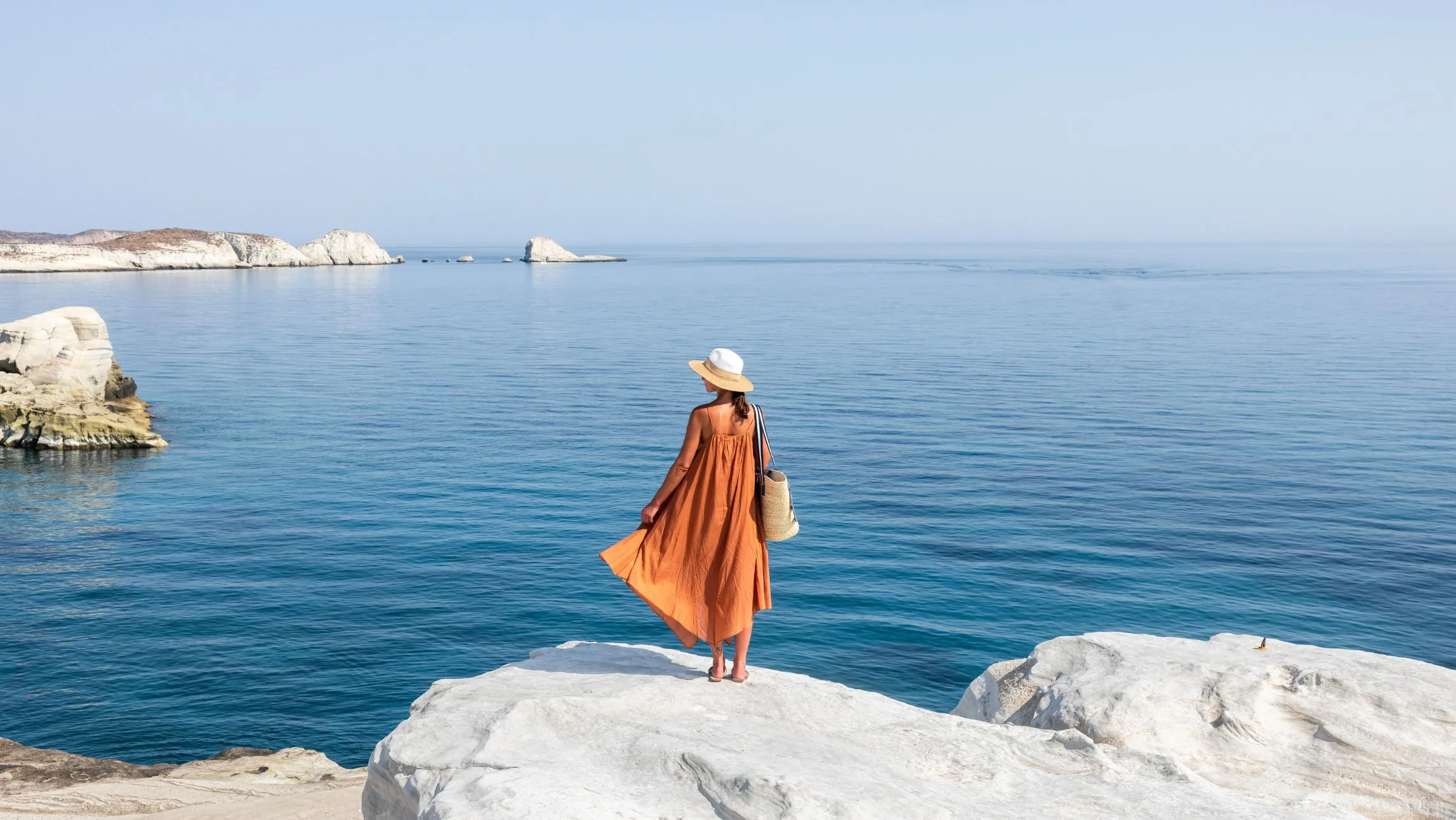Spaceship technology and silent cruising, this is something we can get on board with, writes Sarah Tayler.
Being green in 2018 means different things to different people—from clean air and wildlife conservation to using sustainable products and generating less waste. The cruise industry has been slightly behind in environmental innovation compared to its land-based counterparts in tourism. But, with the shipping industry set to contribute 17 percent of global emissions by 2050, regulations are tightening and cruise companies are stepping up to do their bit by going green. Here is how you can put your wallet where your mouth is and support sustainable cruising.
Conservation
Many companies, such as Celebrity Cruises, are working hard to ensure that the environment is preserved for future cruisers. Partnering with the Galapagos National Park they have planted over 16,000 trees to help reforestation. Western Australia’s Fremantle Port fund projects to study penguins and dolphins in the area, and established a bird sanctuary for local fairy terns, which helped the population almost double from 2015 to 2016.
Zero emissions
Royal Caribbean’s new Icon Class ships will debut fuel cell technology originally used by NASA. The cutting-edge fuel cells combine hydrogen and oxygen to create electricity, and the only waste product created is water. The water produced by the cells is so clean, that the astronauts actually drink it.
Shore power
Princess pioneered the use of shoreside power back in 2001, but it has only recently become a major talking point. Most ships run their engines to generate power while at cruise terminals. However, more and more ships are opting instead to ‘plug in’ to shoreside electricity while in port, which will not only reduce emissions but also noise pollution, improving life for local residents. In 2017, 25 ships had the technology with a further 18 on their way. Ports that have embraced it include Juneau, Shanghai, New York, Hamburg and Vancouver.
Electric hybrids
Ponant’s new Icebreaker ships are hybrid vessels, powered by both electricity and high-performance duel-fuel engines run on Liquefied Natural Gas (LNG) and diesel. When in electric mode they produce zero emissions. Due to be delivered in 2021, the new Icebreakers will be the first ships that are able to reach the North Pole. Adventure cruise line, Hurtigruten, will introduce electric hybrids just ahead of Ponant in 2019. They are said to be able to sail for up to 30 minutes powered by electricity. Not only will this new system reduce total ship emissions by 20 percent, but also allow silent sailing, so passengers can really immerse themselves in the incredible natural environment.
Zero waste
When Virgin Voyages launch their first ship in 2020 they aim to be a fleet of zero discharge vessels. Partnering with clean energy start-up, Climeon, and Danish company, Scanwaste, to turn waste heat and water into energy; relying less on traditional fuels and their accompanying emissions. Like Royal Caribbean and sister cruise lines Celebrity and Azamara, Virgin are also aiming to be single-use plastic free.
Wind propulsion
Ok, it is kind of cheating, but wind-powered sailing yachts from Windstar are probably the most fuel-efficient, green type of cruising around. No state-of-the-art technology needed, just good old wind power.








